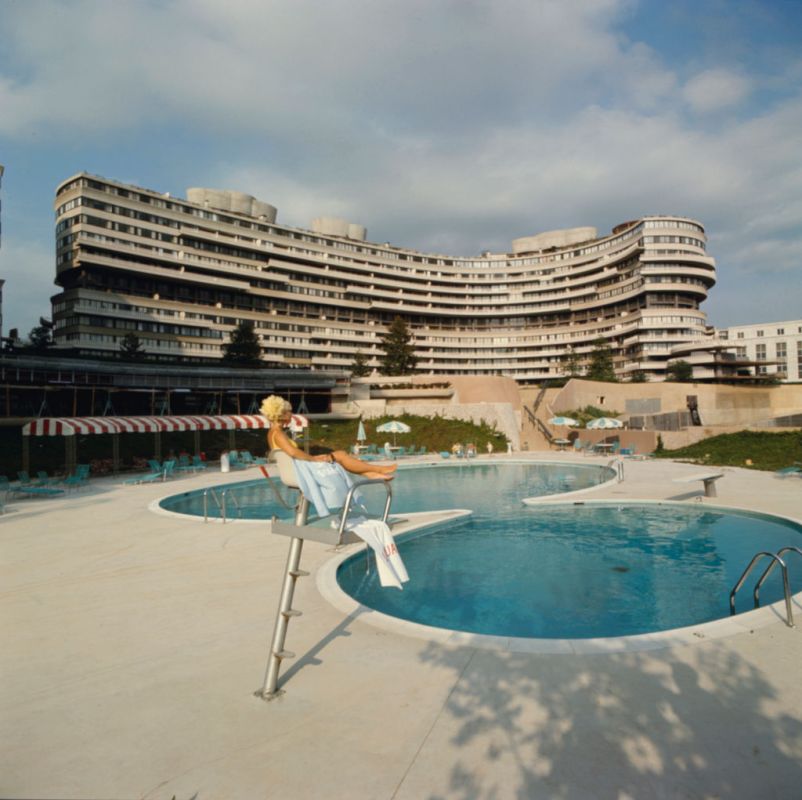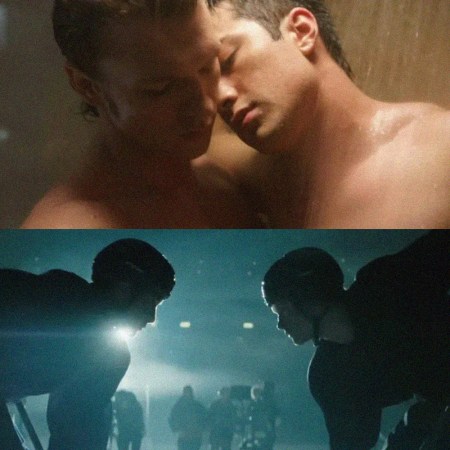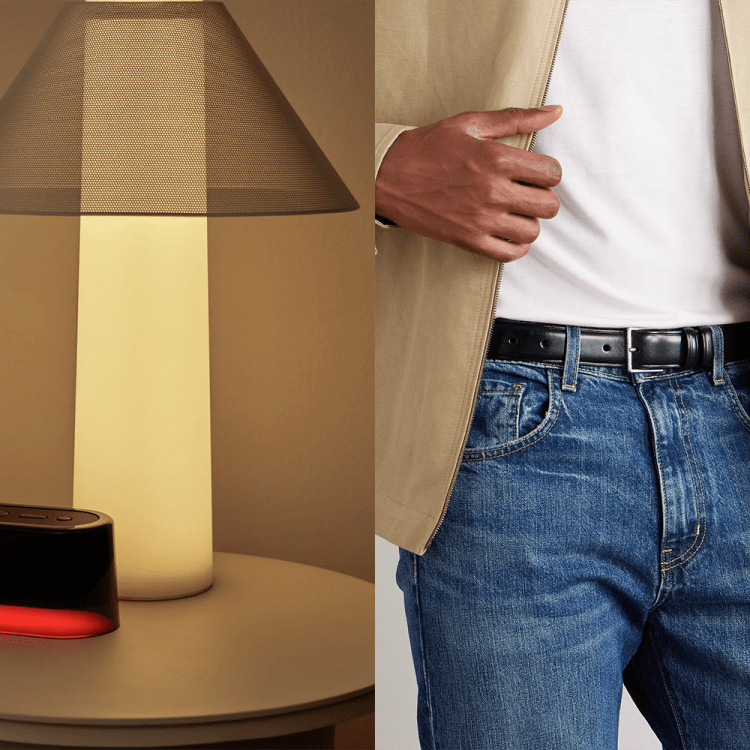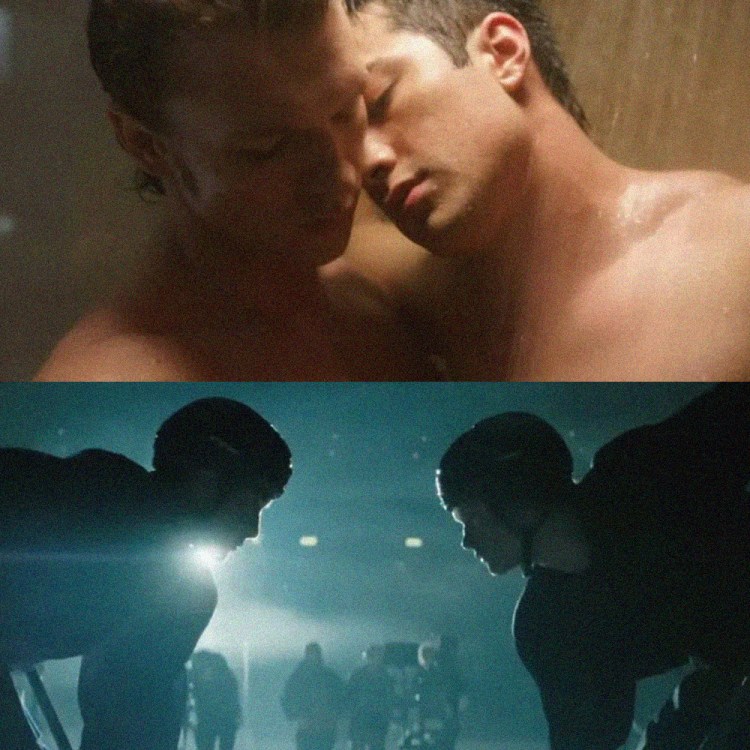Washington D.C.’s Watergate Hotel was the pinnacle of luxury living for the city’s elite in the mid-60s and early ‘70s—and a recent Esquire profile highlights what it was really like to reside there, before the building’s name became synonymous with corruption, scandal and the end of a presidency.
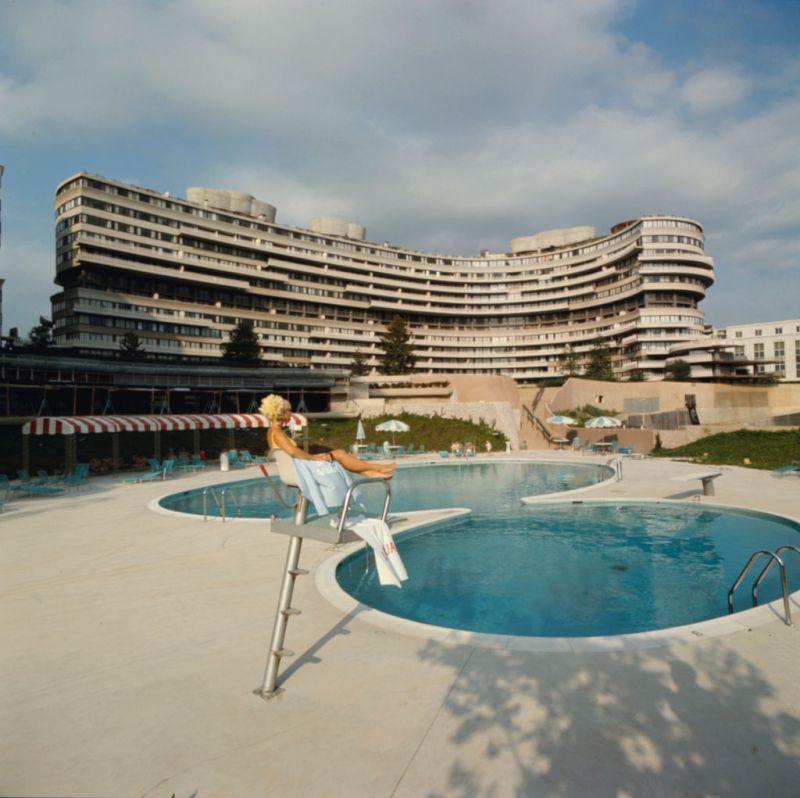
“Any American who comes under the heading of ‘forgotten’ may as well not apply,” Esquire quotes LIFE Magazine as writing at the time. “Membership in Watergate, which presently includes (on the G.O.P. side alone) three Cabinet members, two senators, Nixon’s chief of protocol and more than a dozen White House aides, is sharply restricted both socially and financially. A typical resident is aged about 50 and arrives with more dogs than children.”

Continuing: “The lobby is resplendent with fake Chou Dynasty lamps and curtains handwoven in Swaziland. The elevators are flooded with Muzak, and the bathrooms are paved with marble and equipped with bidets and golden faucets…. Many living and dining rooms are trapezoids or obtuse-angled triangles.”

The $70 million complex wasn’t confined to just residential units, either. Situated just a few blocks from the White House, Watergate also boasted swimming pools, restaurants, medical and dental offices, as well as a post office and a liquor store. It obviously became well-known for a very different reason—the collapse of Nixon’s presidency—but the hotel is no longer just a historical artifact. After significant reconstruction, it reopened in 2016, and for $1,199.00 a night, visitors can actually stay in the Scandal Suite, which formerly housed the Democratic National Committee’s office that was broken into by Nixon’s “plumbers.”
Thanks for reading InsideHook. Sign up for our daily newsletter and be in the know.
